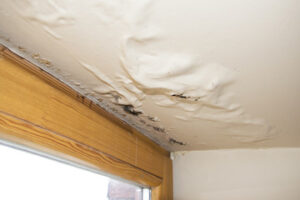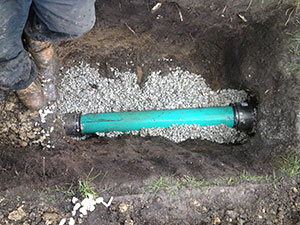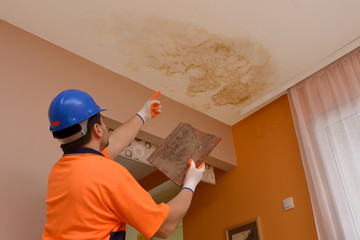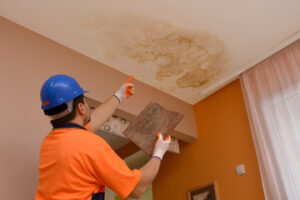A variety of losses can occur as a result of Water Damage. The destructive processes that water causes can include the rotting of wood and the growth of mold and bacteria. Fortunately, there are many ways to help after water damage strikes. Read on to learn more about your options. Listed below are some of the most common causes and symptoms of water damage.

While floods and severe weather are among the most common causes of water damage, many other factors can also contribute to this problem. Clogged gutters, ice dams, and broken or damaged roofs can also cause water damage. Fortunately, homeowners can take some preventative measures to minimize the risk of water damage and prevent it from becoming worse. By regularly checking gutters and outside drainage, homeowners can minimize their chances of being flooded in the first place.
Old or poorly maintained pipes can also be a source of water damage. Even a small leak can turn into a large disaster if left untreated. Over time, pipes can also corrode, causing them to burst. If you notice a leak, shut off the water right away to prevent a more serious issue.
Water damage can be costly to repair and can ruin your home. It can also result in mold proliferation. This can cause respiratory problems in young children and the elderly. In addition, it can make your home smell horrible and can make you uncomfortable to host guests. Some water damage even makes your plumbing system malfunction, which can cause other problems.
If you notice a water bill spike, it could be an indicator that you have a hidden leak. You might also notice a musty or moldy odor. These smells are often a sign that water damage is affecting your home. If this is the case, you may need to call a plumber.
Water damage can be difficult to spot, but it’s important to be aware of it. Water-related damage can cause extensive damage if not addressed early enough. Whether it’s a pipe leak or a leak in the plumbing system, it is essential to detect it right away. The sooner it is caught, the better chance you have of repairing the damage and restoring your home to normal.
Common causes of water damage include plumbing leaks and burst water pipes. While these situations may seem innocuous, they can have disastrous consequences. A broken water pipe can cause a lot of damage in a short amount of time. Fortunately, there are many preventable steps you can take to minimize your risks of water damage.
If you’ve experienced a recent storm, there’s a good chance your home has sustained water damage. If so, the first thing to check for is a musty odor. This is a telltale sign of moisture damage and is caused by mold and bacteria. The smell is common to any wet surface in your home, and it can be very strong. The smell will also be worse in rooms that don’t have enough air circulation or are dark. While it may be tempting to cover up the odor, this won’t fix the problem.
Another sign of water damage is discoloration. It can appear as yellow or brown patches on a ceiling. It can also appear on interior walls or inside cabinets. It can also cause paint to peel and drywall to warp. It’s essential to check your home for these and other visible signs of water damage.
If you can’t find a visible source of water damage, you may have a water leak in your ceiling. You can also detect moisture by checking for watermarks and water stains on the drywall. It’s also important to listen to sounds. A leaky faucet or shower can produce a noise, which may be a sign of water damage.
Water damage is usually accompanied by an odor, which indicates the presence of mold. In some cases, the odor may be stronger in one room than in another. It may also indicate the source of the leak. Standing water in an area can also indicate a water problem. A damaged pipe will also leave a pool of water.
Water damage can be dangerous when left untreated. It can cause mold growth, as well as other structural problems. It can also lead to a lack of indoor air quality, which can lead to health problems. If left unchecked, water damage can spread and become an unhealthy situation for all those living in it. So, if you’re noticing any of these symptoms, don’t wait any longer and contact a water damage remediation company right away!




 If the leak is small, removing the moisture will be fairly straightforward. Once the area is clean, you can start repairing the damaged components. If necessary, you can buy or make your disinfectant. This will help prevent the growth of mold spores. It would be best if you considered hiring a professional w
If the leak is small, removing the moisture will be fairly straightforward. Once the area is clean, you can start repairing the damaged components. If necessary, you can buy or make your disinfectant. This will help prevent the growth of mold spores. It would be best if you considered hiring a professional w
